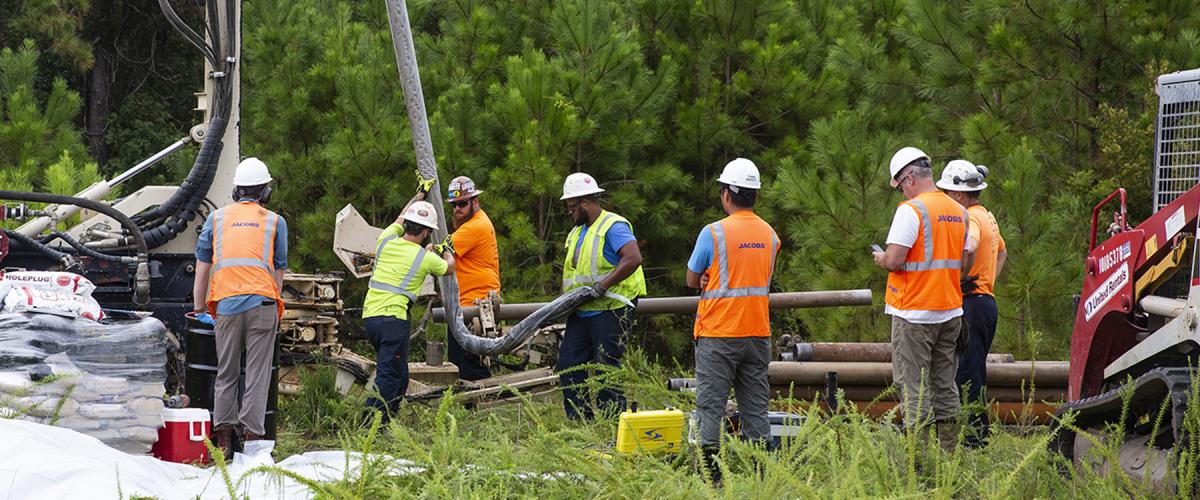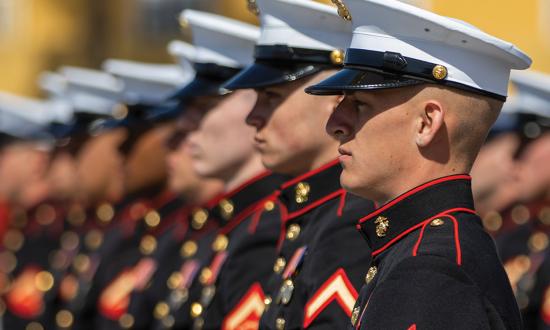If I ever thought about getting hooked on daytime TV, I am over it now. You cannot watch any channel without hearing about the 34 years of seemingly unrelenting contaminated water at Camp Lejeune; and how this or that mega law firm knows where the government has “billions” of dollars ready to pay to anyone who may have been exposed to toxic water there during the 34-year period. I have also received at many as three emails a day from law firms encouraging me to bring “my case” to them. I have never even driven past Camp Lejeune.
Before you tell me to turn off the TV (too late), ponder this: Why are DoD, the Navy, and the Marine Corps silent on this? Why do their websites not tell the whole story, the current status of the water safety on base, and the proper course of action for concerned Marines and their families? Was the drinking water at Camp Lejeune continuously dangerous (or toxic) for the entire 34 years? Is Camp Lejeune’s water safe now?
To find the right answers, you may have to (as I did) surf through a batch of old reports and articles. The DoD does not make this easy. The most reassuring quote that I could find was this: “The water at Camp Lejeune is safe to drink today and has been since at least March 1987.”
In 1988, I was Chief of Staff, COMNAVBASE Philadelphia. Around that time, the Navy became aware of the real and potential impact that Naval facilities could have on the environment. Terms like “ecology” began to appear. The Navy created the term “Responsible Line Commander.” After telling my admiral that he had acquired yet another nifty title, I set about getting our area of responsibility in good environmental order. NAVFACENGCOM NORDIV, down the street from us and our resident expert, was caught unaware and unprepared. Together, we proceeded to put together environmentally responsible checklists to send to our area and tenant commands—bootstrapping our way to environmental compliance. The inspections that followed were learning experiences for both sides. Again, this was 1988.
In 1987, Camp Lejeune was not violating existing environmental regulations. Unfortunately, the law firms on TV make it look like DoD has distanced itself from the problem; and that is borne out by their own websites.
For years, DoD shore commands have had a portfolio of effective water testing protocols and regimens. Forward-thinking organizations, public and private, have implemented the International Environmental Management Standard: ISO 14000, to organize and structure sound water management. I have been an ISO 14000 auditor since it came out in 1996.
DoD Messaging
The most recent TV and social media ads from these law firms assure viewers that “the Marines will not be impacted by the lawsuits.” Those commercials are wrong. In these times of growing global pressures, where military recruitment is already struggling to meet its goals, who would join an organization where it might be more dangerous at the base than it is at the front; and where senior leaders appear unresponsive and uncaring?
The DoD, Department of the Navy, and the Marine Corps have an ethical as well as a public affairs disaster on their hands. No need to rewrite the past, just own up to it and bring us up to date. Get some positive, proactive, support out there. Fix your websites. Have them reflect all the ongoing water management programs in effect and their (quantifiably successful) results. Describe the proper procedures to voice medical problems or concerns. Involve the commanders, not just the engineers and public affairs officers. Anything less reinforces the belief in the public that the DoD does not care about the health individual service members, whose only recourse is litigation in civilian courts.






